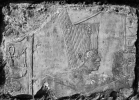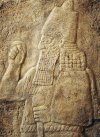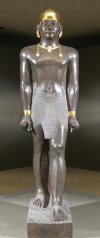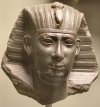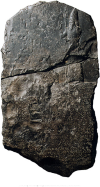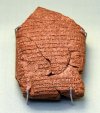Shoshenq I was the first Pharaoh of the 22nd dynasty of Egypt. He is mentioned in the Bible by the name Shishak (also spelled Shishaq).
"Solomon tried to kill Jeroboam, but Jeroboam fled to Egypt, to Shishak the king, and stayed there until Solomon’s death" (1 Kings 11:4).
"In the fifth year of King Rehoboam, Shishak king of Egypt attacked Jerusalem" (1 Kings 14:25).
See 2 Chron. 12:2-9 for a fuller account of Shishak attacked upon Jerusalem.
Sphinx of Shoshenq I
 Sphinx of
Sphinx of
The one in the middle is Shoshenq I (aka Shishak). The one on the left is the god Amun, and the one on the right is Iuput, Shoshenq's son and High Priest of Amun.
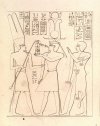
"Solomon tried to kill Jeroboam, but Jeroboam fled to Egypt, to Shishak the king, and stayed there until Solomon’s death" (1 Kings 11:4).
"In the fifth year of King Rehoboam, Shishak king of Egypt attacked Jerusalem" (1 Kings 14:25).
See 2 Chron. 12:2-9 for a fuller account of Shishak attacked upon Jerusalem.
Sphinx of Shoshenq I
 Sphinx of
Sphinx ofThe one in the middle is Shoshenq I (aka Shishak). The one on the left is the god Amun, and the one on the right is Iuput, Shoshenq's son and High Priest of Amun.


